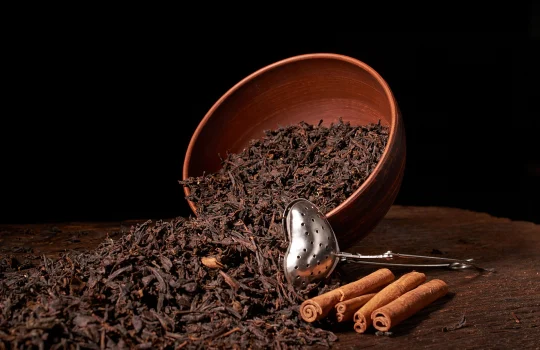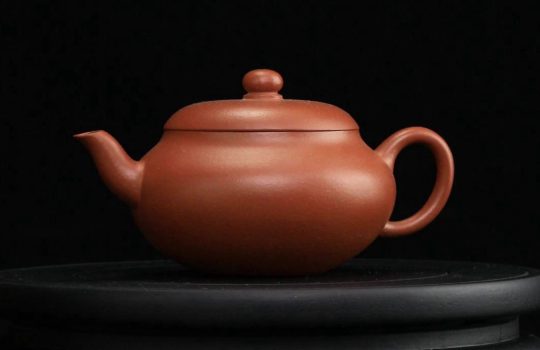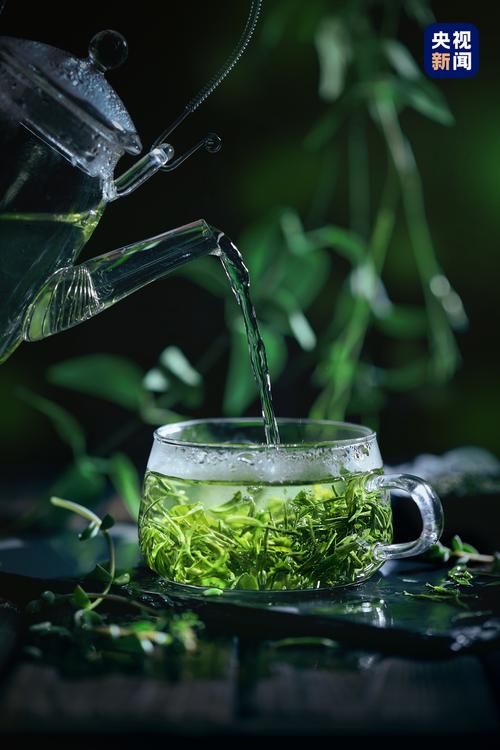1. Tea Can Storage Method
Tea can storage is a commonly used method for storing tea. For households that consume small amounts of tea, storage in tin cans, iron cans, coloured glass bottles, or ceramic tea cans is sufficient.
Tea cans containing tea must be stored in a dry, cool place, away from direct sunlight, and should not be placed in damp or odour-prone areas to prevent accelerated oxidation or aging of the tea. While tea can storage is simple and convenient, it is not suitable for long-term storage. Additionally, tea cans should not be too large to ensure proper sealing.
2. Refrigerator Storage Method
Research has shown that if the temperature is maintained below 5°C, the quality of stored tea remains good, typically retaining its flavour for over a year. At home, tea can be packaged in metal tins or paper boxes, then placed inside a clean plastic bag and sealed tightly before being stored in the refrigerator. It is important to note that dedicated tea storage in the refrigerator should avoid being stored alongside other foods to prevent the tea from absorbing odours.
3. Vacuum Storage Method
If a large quantity of tea needs to be stored long-term, the vacuum storage method can be used. Place the tea in an iron container, remove the air from the container, seal it, and store it in a cool, dry place. This method ensures that the tea retains its original flavour even after one and a half years of storage.
4. Desiccant Storage Method
Using desiccants can extend the storage time of tea leaves to about one year. However, different types of tea require different types of desiccants. For example, green tea can be stored with block-shaped, non-hygroscopic lime, while black tea and floral tea can be stored with dry charcoal.
5. Vacuum-sealed nitrogen-filled packaging storage method
The vacuum-sealed nitrogen-filled method is primarily used for small-packaged tea. The packaging material must have excellent gas-barrier properties, such as aluminium foil or other composite film materials. Additionally, the tea’s moisture content must be low, ideally around 5%, to prevent moisture absorption.
The specific process involves placing the tea leaves in a container, then simultaneously evacuating the air from the container while introducing nitrogen, followed by sealing it quickly to prevent oxidation from contact with air. Under normal temperature conditions, this method can preserve the quality of the tea for up to six months.
6. Thermos bottle storage method
Thermos bottles or insulated bottles with good thermal insulation properties can be used to store tea, and they are highly effective, generally maintaining the tea’s colour, aroma, and taste for up to a year.
Specifically, loose-leaf tea is placed into a new thermos flask or vacuum flask, ensuring it is packed tightly and fully to minimise residual air inside. The flask is then sealed with a cork stopper, with the rim coated in white wax for a secure seal.




